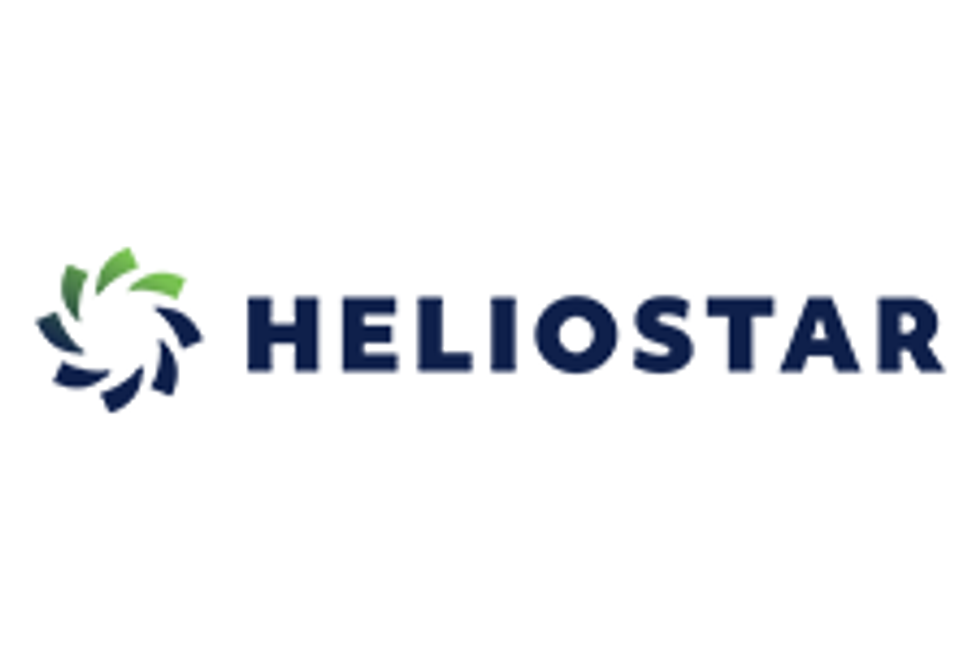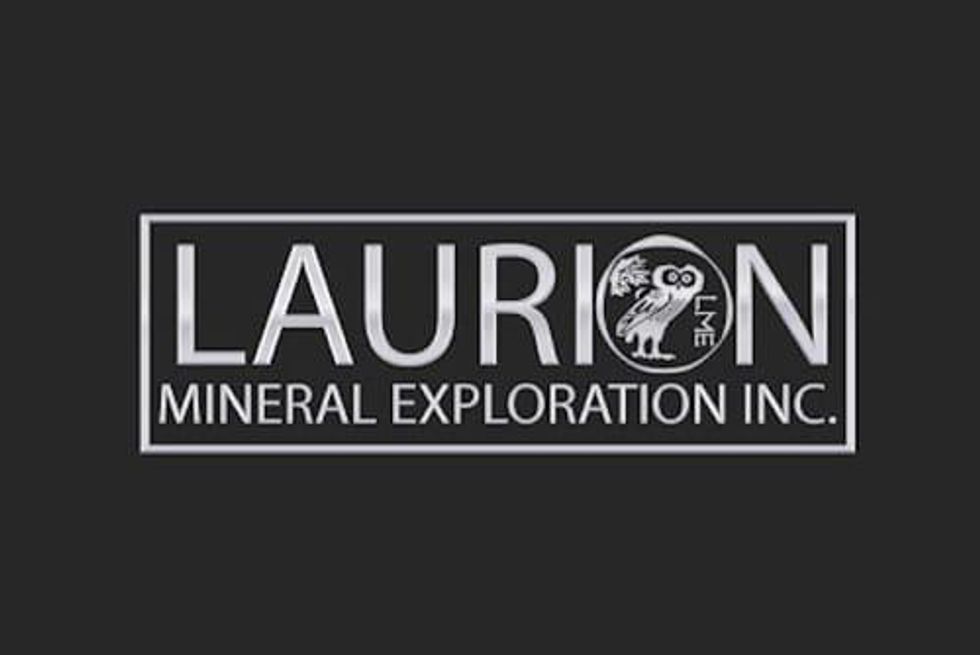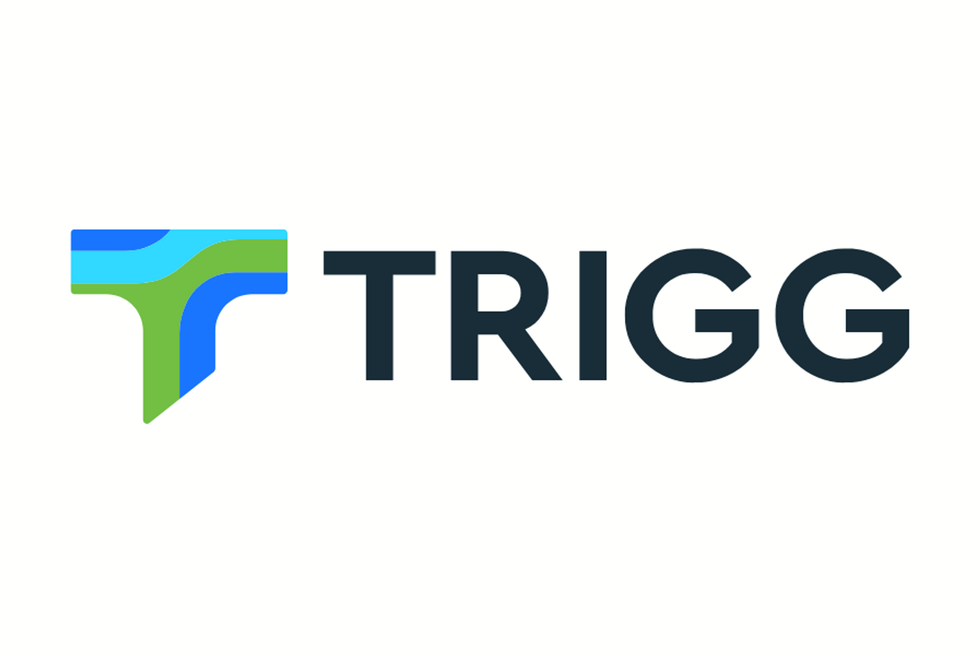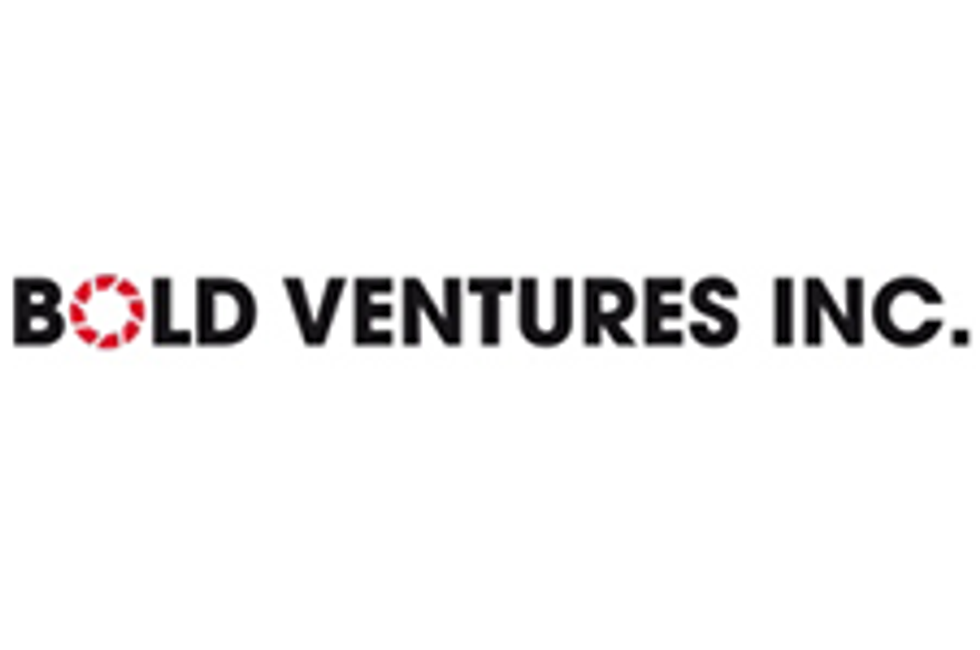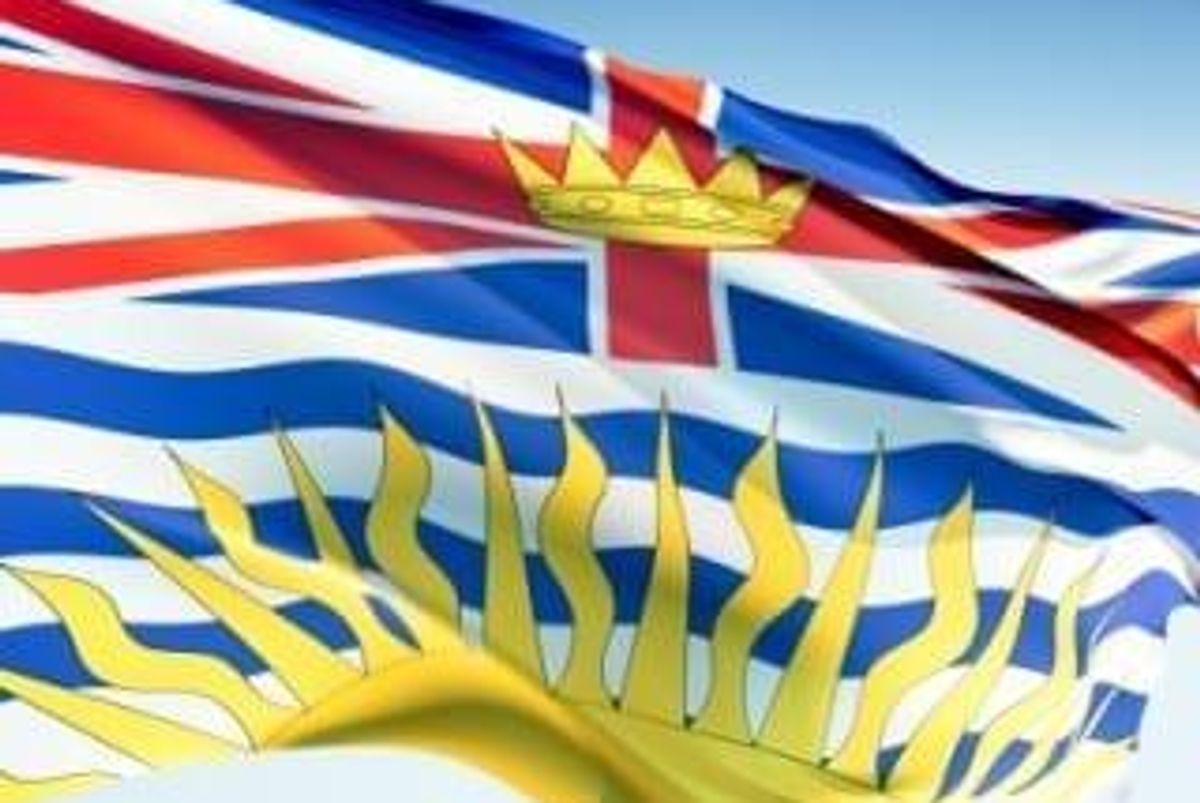
As the price of copper rises, so will interest in the Quesnel Terrain. Here’s an overview of the history and the future of this world-class copper-gold belt.
The Quesnel Terrain (formerly Trough) is a geologic grouping that hosts large copper-molybdenum-gold porphyries in Central BC.
Porphyry systems can have large but low-grade mineral deposits associated with them. They were recognized in the early 1960s, and advances in mining technology and engineering made them economically viable as large open-pit mining and milling operations. They are a favored target for all major mining companies because of their long mine lives and substantial contained metal content. The Quesnel Terrain runs almost the length of BC and hosts most of the large copper, gold and molybdenum mines and deposits in the province.
The granddaddy and flagship of BC copper porphyry mines and deposits is the Highland Valley mine southwest of Kamloops. Reserves and resources of all types total a staggering 2,522 million tonnes ranging from 0.23 to 0.31 percent with molybdenum credits. More amazing is that the mine has been in continuous open-pit production for 55 years. It began in December 1962 with the Bethlehem pit being mined at 3,000 tonnes per day, and currently the mill can process up to 145,000 tonnes per day.
Bethlehem Copper started the BC porphyry rush in the Quesnel Terrain when it began mining the unheard of low grade of the time of 0.58 percent copper by open pit. It was a success and expanded quickly; its chairman, H.H. Huestis, started the modern BC copper industry, which led to the discovery of many more successful deposits. “Spud” Huestis was so influential to the industry that the Association of Mineral Exploration BC’s annual award for prospector of the year is named after him. Bethlehem Copper hit $8.60 in 1963 on the Vancouver Stock Exchange, which led to a staking rush in the Highland Valley as well as further north in the Quesnel Terrain. Juniors were able to do substantial financings and several new discoveries were made.
With improving copper and precious metals prices, and people like Robert Friedland predicting that copper is the place to be investing, the province of BC is on every major’s radar. BC copper has a long association with the Japanese copper smelters going back to the 1950s, and pretty well every major copper producer in the world has mined or explored there in the last 100 years. Mega Japanese conglomerates such as Sumitomo (TSE:8053) and Mitsubishi (TSE:8058) have a strong financial and offtake presence in the BC copper industry.
Though the Golden Triangle in BC gets attention with its huge copper-gold deposits, the region has infrastructure challenges associated with exploration and development. Most of the Quesnel Terrain is easily accessible by roads and home to some of the best mining infrastructure towns in the province, as well as a local population that understands the benefits of a long-life mine.
In February 2017, Engold Mines (TSXV:EGM) drilled a vertical hole to test a new geophysical anomaly in an unexplored part of its Lac La Hache project. The hole intersected a 27-meter-thick zone (true width) containing 1.76 percent copper, 0.27 g/t gold and 10 g/t silver. The new zone is horizontal and strata bound, and it is believed that it occurs within the down-dip extension of the same rocks that host the resource at the Spout copper deposit, located 1,800 meters to the northwest of the new hole. Spout is 23.4 million tonnes indicated and inferred of 0.23 percent copper with gold and silver credits.
Engold has owned the majority of Lac La Hache since 1988, when it was listed on the Vancouver Stock Exchange as GWR Resources. Though its name changed in 2015, shares have never been consolidated. It has 186,879,542 shares outstanding, showing its longtime strong shareholder support.
Engold’s new discovery must be put in a regional context. The region hosts several mineralized zones, deposits and mines, and its immediate proximity to the Takomkane batholith has provided the heat source to emplace them. The area has excellent exploration potential
Approximately 30 to 35 kilometers north of the Lac La Hache discovery is a group of deposits collectively known as the Woodjam property. The property is controlled by Consolidated Woodjam Copper (TSXV:WCC), whose management has a long history in the region and has consolidated an extensive land package over time. It is the most developed, courtesy of many previous operators going back to 1966, as well as extensive programs conducted by Goldfields of South Africa, which by the end of 2013 had spent in excess of $30 million.
The Woodjam property contains several copper, gold and molybdenum mineralized zones and resources of various degrees. The two major zones are the South East zone, which contains 227.5 million tonnes of 0.31 percent copper containing 1.54 billion pounds of copper and 391,000 ounces of gold, and the Deerhorn zone, a smaller gold-rich zone, which has a resource of 32.8 million tonnes of 0.22 percent copper and 513,000 ounces of gold.
As copper and precious metals prices increase, this would be an attractive land package for a major mining company.
Here are some of the significant intercepts from previous drill programs at Woodjam:
South East zone
- 51 meters of 1.61 percent copper, 0.84 g/t gold, 0.006 percent moly
- 236.4 meters of 0.53 percent copper, 0.106 g/t gold, 0.004 percent moly
- 359.12 meters of 0.69 percent copper, 0.27 g/t gold, 0.006 percent moly
Deerhorn zone
- 145.1 meters of 1.24 g/t gold, 0.3 percent copper
Takom zone
- 208.8 meters of 0.35 percent copper, 0.4 g/t gold
Megabuck zone
- 208.8 meters of 0.35 percent copper, 0.4 g/t gold
The Mount Polley mine is 65 kilometers north of Engold’s Lac La Hache property and 30 kilometers north of the Woodjam property, and is still hosted in the Quesnel Terrain. It is owned by Imperial Metals (TSX:III), and has total reserves of 73.6 million tonnes of 0.274 percent copper, 0.293 g/t gold and 0.56 g/t silver. It also has 247.3 million tonnes of measured and indicated of 0.266 percent copper, 0.262 g/t gold and 0.667 g/t silver. It runs 20,000 tonnes per day through its mill.
Imperial Metals released results from exploration drilling in early April of this year. It reported 147.5 meters of 1.07 percent copper and 0.59 g/t gold, including 20.25 meters of 2.72 percent copper and 2.65 g/t gold, indicating that these deposits have excellent exploration potential for more reserves.
One criticism of the mines in the Quesnel Terrain is that they are too low grade and too deep, but several are in profitable production.
Mount Milligan, owned by Centerra Gold (TSX:CG), has 496.2 million tonnes in proven and probable resources grading just 0.187 percent copper and 0.36 g/t gold, and runs 62,500 tonnes per day through its mill.
New Gold (TSX:NGD,NYSE:NGD) has the New Afton mine, which has 61.5 million tonnes of 0.82 percent copper, 0.62 g/t gold and 2.1 g/t gold proven and probable, and 55.7 million tonnes of 0.79 percent copper, 0.66 g/t gold as measured and indicated. It is an underground mine with the lowest production level over 1,100 meters below surface. Using the block-caving mining method the company runs 11,000 tonnes per day through the mill.
Another producing mine in the Quesnel Terrain is owned by Copper Mountain Mining (TSX:CMMC). The Copper Mountain mine has a measured and indicated resource (using a 0.12 percent copper cut off) of 350 million tonnes of 0.26 percent copper, 1.01 g/t silver and 0.09 g/t gold with a further 426 million tonnes inferred of 0.21 percent copper, 0.63 g/t silver and 0.11 g/t gold. The company runs 38,000 tonnes per day through its mill. The amazing thing is the Copper Mountain mine has produced for 65 years, from 1908 till now, with the latest restart in 2011. Quesnel Terrain copper-gold deposits can indeed be long-term mines.
While not a classic porphyry deposit, the Craigmont Mine in the Quesnel Terrain produced 1.395 million tonnes of magnetite and over 445,000 tonnes of iron, as well as 887 million pounds of copper with recoverable gold and silver between 1961 and 1982. The magnetite was recovered by reprocessing the tailings after the mine closure, and was used in processing coal in mines in BC and Alberta. The head grade of the ore was between 1.71 and 1.45 percent copper.
The Gibralter mine has recently been remapped as in the Quesnel Terrain, and is about 80 kilometers northwest of Engold’s Lac La Hache property. It is majority owned by Taseko Mines (TSX:TKO,NYSEMKT:TGB) and has proven and probable reserves of 688 million tonnes of 0.26 percent copper and 0.008 percent molybdenum, as well as 1.031 billion tonnes of 0.25 percent copper and 0.008 percent molybdenum. Gibraltar has produced for 39 years, and the concentrator is processing 85,000 tonnes per day. The Gibraltar mine is another example of the large-scale copper potential for the region.
The Quesnel Terrain offers excellent exploration and development potential for world-class copper-gold deposits. With the evolving issues in South America over shortages of water, electricity and natural gas, as well as stronger indigenous opposition to mining, BC is seeing a comeback in copper exploration. Juniors in the Quesnel Terrain have an extensive database from well-documented work by other exploration companies, as well as in-depth, government-funded geoscience research. As the price of copper rises, so will interest in Quesnel Terrain-based junior explorers.
About the author — Michael E. Schuss is a mining exploration entrepreneur who grew up in resource-based family and was exposed to mining site visits and speculative share prices as a child. Michael began working for the trading operations of a national investment firm in 1980, which included trading on the Vancouver Stock Exchange. From 1984 to 1990 he worked in underground mining and milling operations, diamond drilling as well as the traditional bush rat jobs like staking, line cutting and dirt bagging. Michael has acquired exploration projects all across Canada, West Africa and China, several of which were joint-ventured by majors and juniors. He moved to Africa in 1992 and China in 1995. He is a believer that “first movers” into new jurisdictions get rewarded and is now focused on Central Europe.
Michael Schuss holds shares in Canadian International Minerals, but has no other investment interest in any company mentioned in this article.


